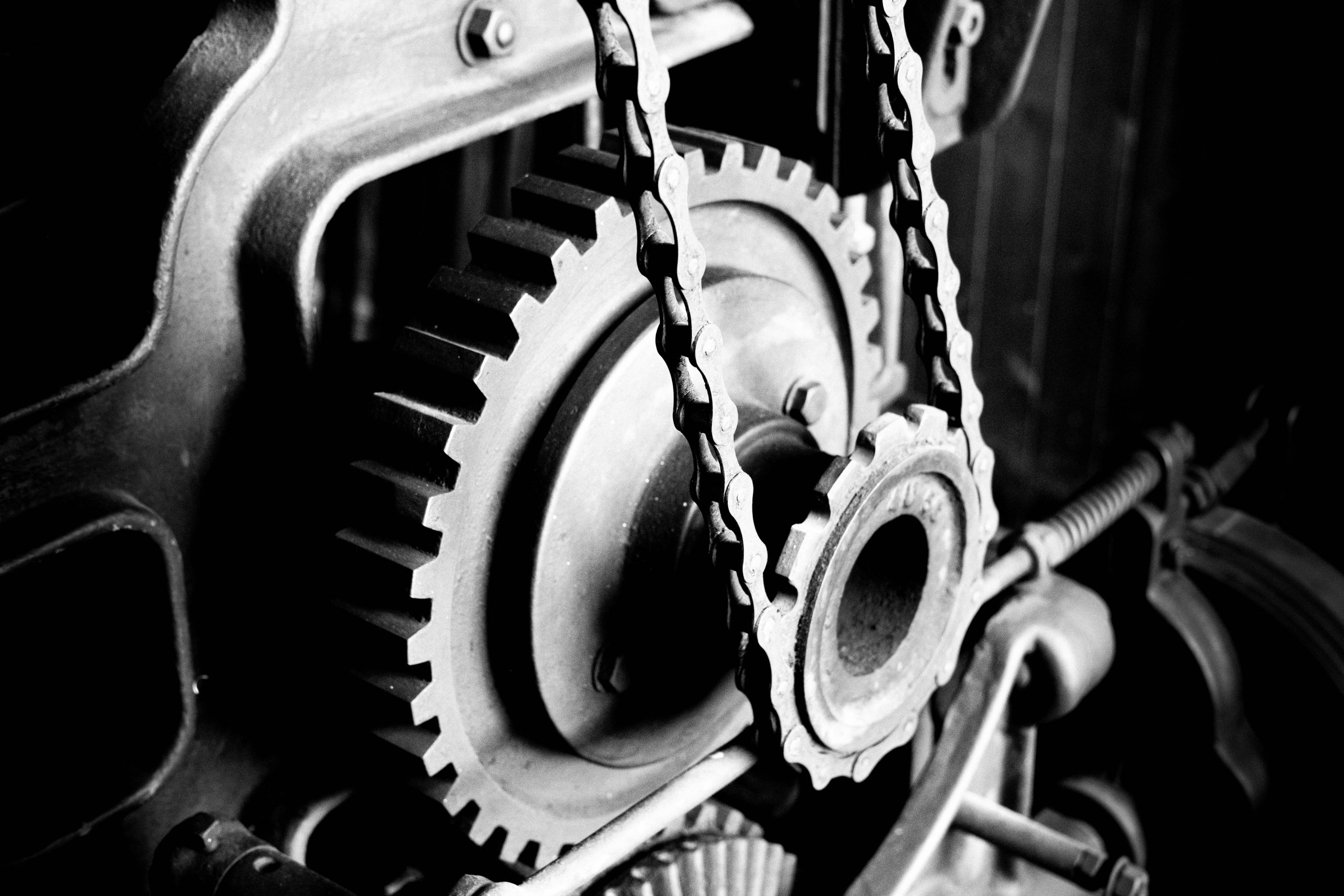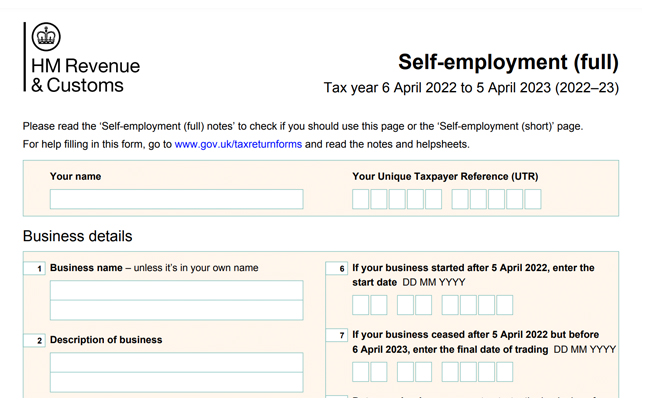Last Updated on: 22nd November 2023, 05:10 pm
Moving heavy machinery is challenging, often requiring specialized equipment and expertise. The need to transport heavy machinery arises frequently in industrial and construction settings. To meet these demands, a variety of heavy machinery movers are available. This article will explore different types of heavy machinery movers and discuss which might suityour specific needs.
1. Forklifts
Forklifts are versatile machines for lifting and moving heavy machinery within a facility. They come in various capacities and configurations, from small electric forklifts for indoor use to larger diesel-powered forklifts for outdoor applications. Forklifts are excellent for short-distance transportation but may not be suitable for long-distance or off-road movements.
2. Mobile Cranes
Mobile cranes are known for their ability to lift and move heavy loads with precision. They come in different types, including hydraulic, rough, and all-terrain cranes. Mobile cranes are ideal for serious machinery movement in construction sites and other outdoor settings. They can have various attachments to suit specific lifting and moving requirements.
3. Crawler Cranes
Crawler cranes are self-propelled, tracked vehicles designed for heavy lifting. These machines have the advantage of stability and mobility on rough terrains, making them suitable for moving heavy machinery in challenging conditions. Crawler cranes are often used in large construction projects where maneuverability is crucial.
4. Transporter Systems
Transporter systems, such as self-propelled modular transporters (SPMTs), are specialized equipment for transporting exceptionally heavy loads. These systems consist of multiple wheeled modules that can be individually controlled, allowing for precise movement and distribution of weight. SPMTs are commonly used for moving large and extremely heavy machinery like transformers and industrial components.
5. Rigging and Skidding Equipment
Rigging and skidding equipment involves a combination of hydraulic jacks, skid shoes, and other tools to lift, move, and position heavy machinery. This method is often used when machinery needs to be relocated within a confined space or when a more cost-effective solution is required.
6. Hydraulic Platform Trailers
Hydraulic platform trailers are designed for hauling oversized and heavy loads. They have hydraulic systems that can be adjusted to accommodate various weights and dimensions. These trailers are commonly used for transporting heavy equipment over long distances on public roads.
7. Towing and Recovery Vehicles
Towing and recovery vehicles are typically used for moving disabled or damaged heavy machinery. These vehicles come in various sizes and capabilities, making them suitable for multiple recovery and transportation tasks.
Choosing the right type of heavy machinery mover depends on several factors:
8. Weight and Dimensions of the Machinery
Consider the weight and size of the machinery you need to move. Heavier and larger equipment may require specialized machinery movers like mobile cranes, crawler cranes, or transporter systems. In the world of heavy machinery logistics, selecting the appropriate heavy machinery movers is crucial to ensure the safe and efficient transportation of industrial equipment.
9. Terrain and Location
The terrain and location of the machinery play a crucial role in choosing the appropriate mover. Rough terrains may require crawler or all-terrain mobile cranes, while indoor settings might be better suited for forklifts or rigging equipment.
10. Distance and Accessibility
The distance the machinery needs to be moved and the accessibility of the route are important factors. Hydraulic platform trailers or specialized transporters are preferred for long-distance transport, while indoor or confined spaces may require rigging equipment.
11. Safety and Regulations
Compliance with safety regulations and permits may dictate which machinery mover is suitable for your needs. Always ensure that you’re following legal and safety requirements.








